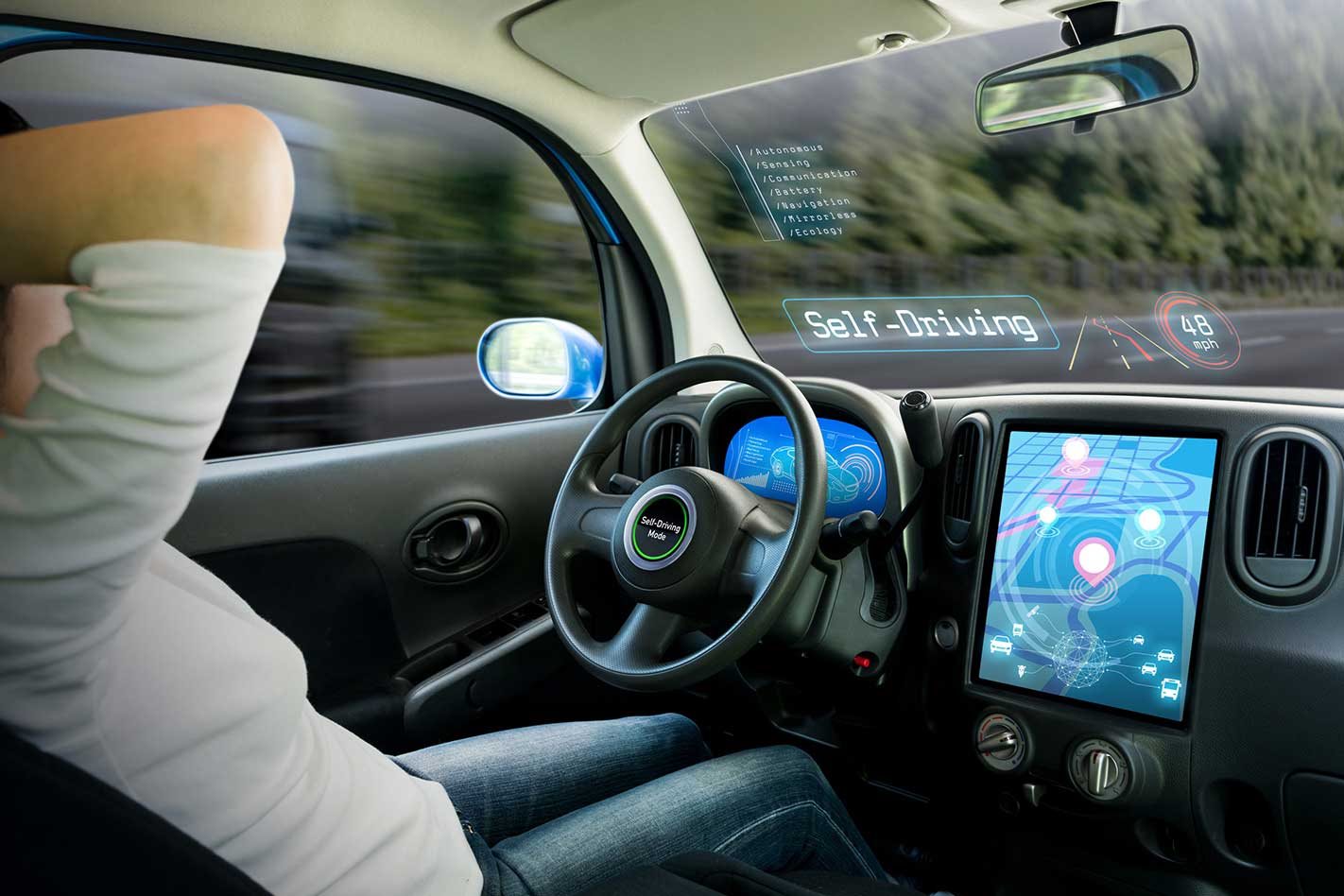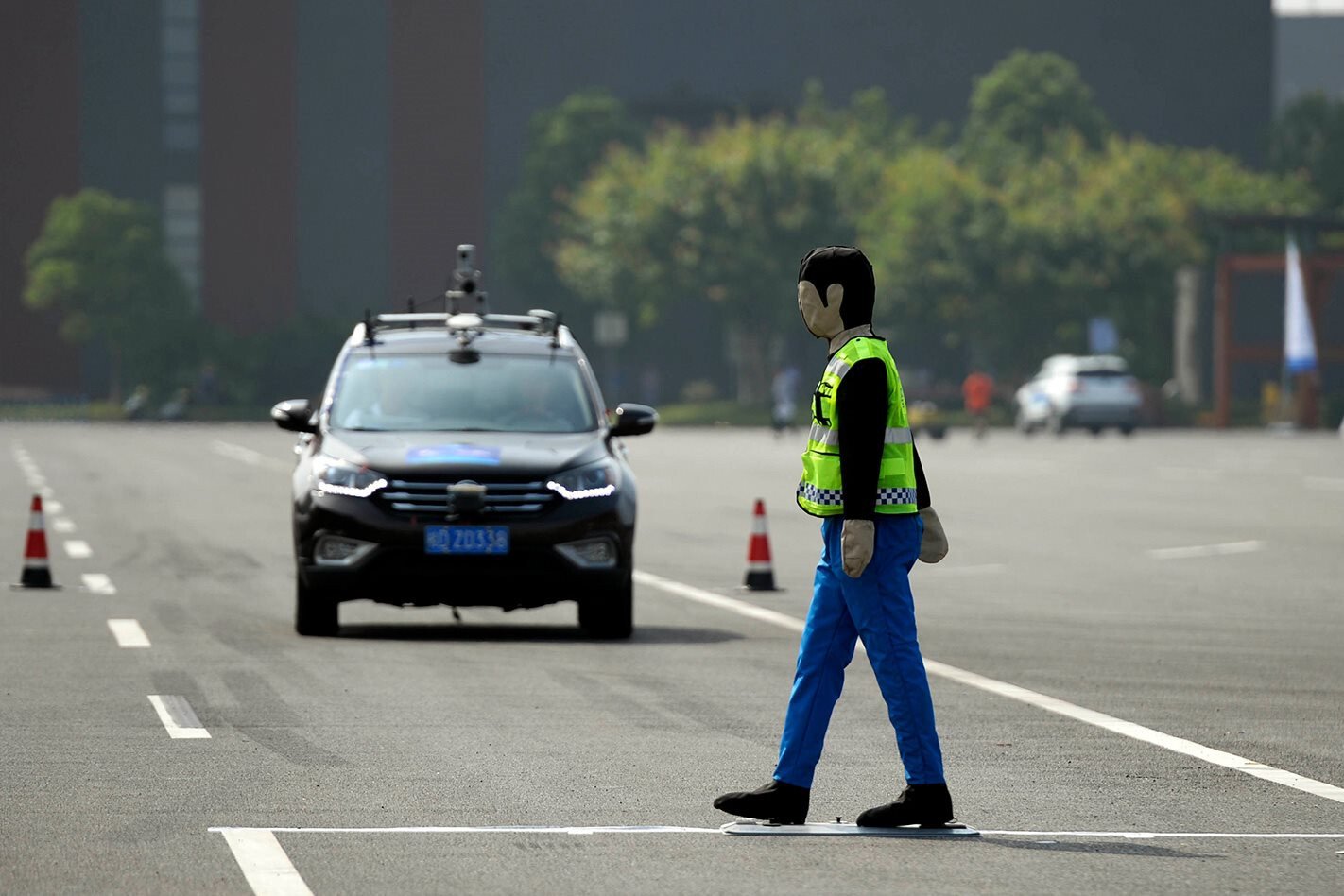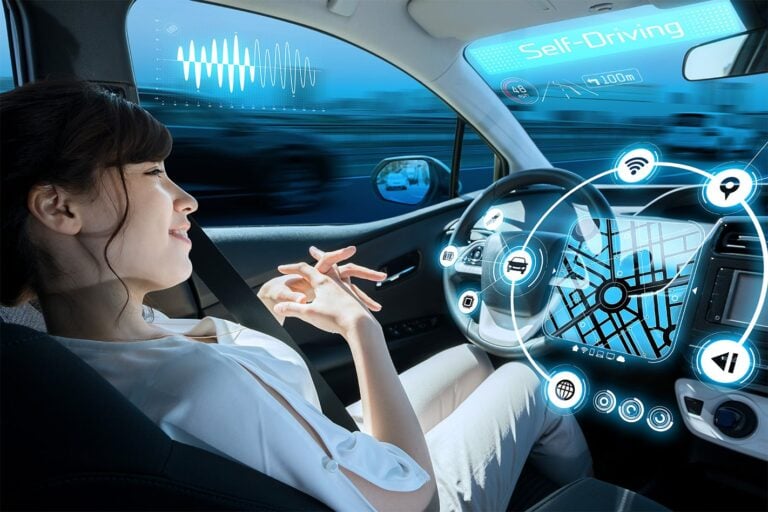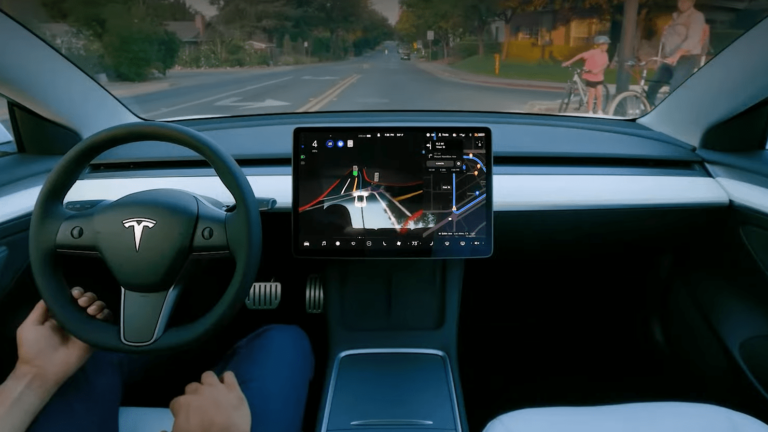
Autonomous vehicles are an inevitable part of our motoring future and should be encouraged, not shunned, according to a new report from the University of New South Wales.
A study conducted by a team of engineers from UNSW has found drivers of autonomous vehicles, as well as other road users, will benefit from the former being given their own lanes on freeways as it will ease congestion and increase safety.

Dr Shantanu Chakraborty, lead author of the report from UNSW School of Civil and Environmental Engineering, said the cost of introducing an autonomous-only lane would offset the current impact congestion makes to the economy.
“Traffic congestion costs the economy billions of dollars every year in all the extra time spent commuting,” said Dr Chakraborty.
“The proposed model will help minimise interaction with legacy vehicles and reduce overall congestion on the road.
“The mix of autonomous and legacy vehicles will cause issues on the road network unless there is proper modelling during this transition phase.
“If we get caught out and we’re not ready, we won’t reap the full benefits of the technology.”

“The possibility of introducing an autonomous-only lane would come at the cost of one existing lane on the nation’s freeways,” Dr Chakraborty continued.
“If you look at our existing network, we already have something similar with dedicated bus lanes – so we’re not reinventing the wheel here.
“Freeways are also the best network of car lanes to trial as they have dedicated entry and exit points where drivers can automatically switch on and off their automated features.
“Our modelling accounts for changing traffic conditions. For example, during non-peak hour times when we don’t need a lane for autonomous vehicles, we can have all lanes open for legacy vehicles.
“Due to the minimal infrastructure, our proposed model also has the potential to design ramp metering for freeway networks to help regulate the flow of traffic during peak hour.
“Similar to existing high-occupancy lanes, for example, transit lanes or T2 or T3 lanes, we can apply a fine when drivers of legacy vehicles enter lanes dedicated for autonomous vehicles. Like any other road rules, we can only trust that drivers obey the signs and road rules.”

A large number of new vehicles include semi-autonomous capabilities, such as adaptive cruise control and lane keep assist, although Tesla’s Autopilot and Full Self-Driving systems are currently the closest technologies to fully-autonomous available on the market.
However, after being launched last month, the FSD system has incurred issues in its Beta phase, with Tesla rolling out multiple updates as it refines the system on the fly from user-generated data.
Its original Autopilot system is also in the spotlight overseas, having been attributed to at least 11 crashes in the United States with emergency vehicles, triggering an investigation by the National Highway Traffic Safety Administration.
We recommend
-
 Advice
AdviceAutonomous Cars: the different levels of autonomy explained
Where are we really on the road to autonomy? And with all these self-titled ‘self-driving’ systems around, what counts as a truly autonomous car?
-
 News
NewsUS authorities to investigate Tesla Autopilot crashes as senators call for probe into Musk's tweets – UPDATE
Autopilot capabilities brought into question after numerous accidents
-
 News
NewsTesla software issues force rollback of Full Self-Driving beta
The $10,000 system has been put in the spotlight after teething issues




